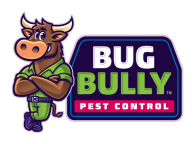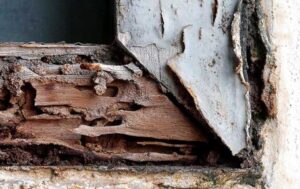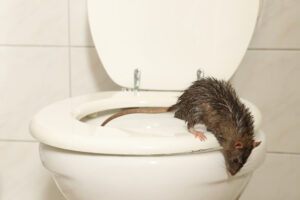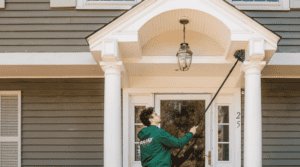In order to protect your home from potential wildlife intrusions, it is crucial to address gaps and holes that may serve as entry points for unwanted guests. Properly sealing these openings not only safeguards your living space but also helps maintain a harmonious coexistence between humans and wildlife.
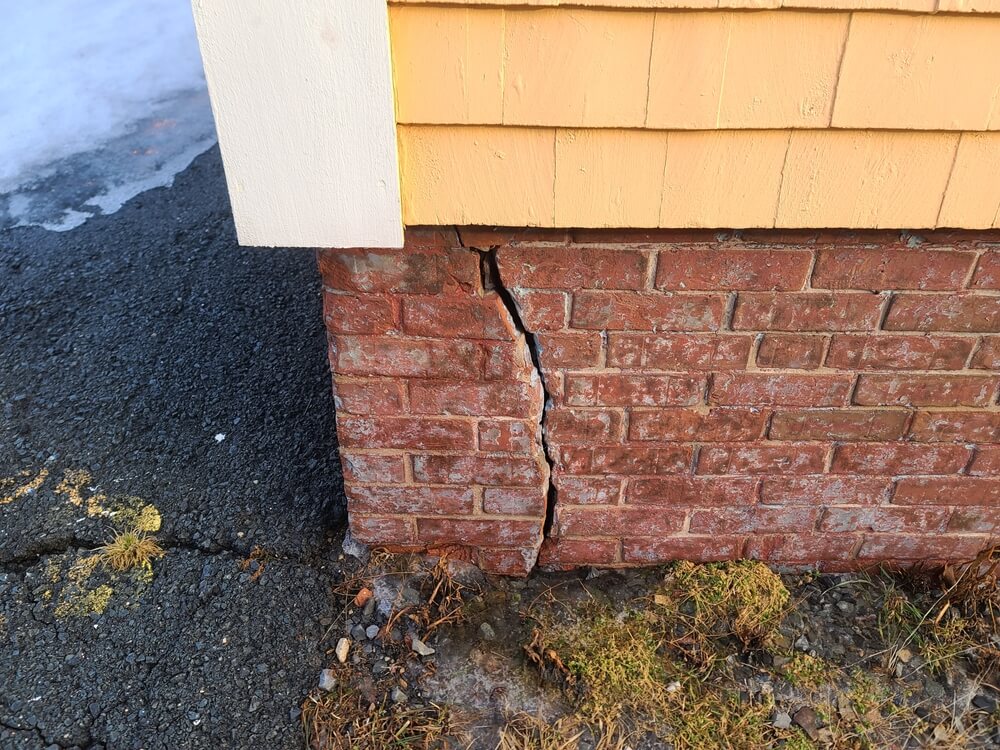
Where do mice and rats enter homes?
Understanding where mice and rats might enter homes is essential for effective prevention. While these small intruders can be quite resourceful, certain areas are more susceptible to their entry. Here are some insights:
- Structural Gaps: Mice and rats can slip through openings as small as a quarter of an inch, so it’s crucial to inspect your home’s exterior for any gaps or cracks in walls, foundations, or around doors and windows. Sealing these entry points with appropriate materials helps fortify your home.
- Doors and Windows: Inadequately sealed doors and windows provide an easy entry for rodents. Ensure that all doors and windows close tightly, and consider using weather-stripping to eliminate potential gaps. This simple measure can significantly reduce the risk of unwelcome guests.
- Utility Entry Points: Gaps around utility lines, including pipes and wires entering your home, can be exploited by mice and rats. Thoroughly inspect these areas, and seal any openings using suitable materials to deny them access.
- Roof and Attic Spaces: Overhanging tree branches or unsealed entry points in the roof may offer rodents direct access to your home. Regularly trim branches and secure any openings in the roof or attic to prevent them from finding a way in from above.
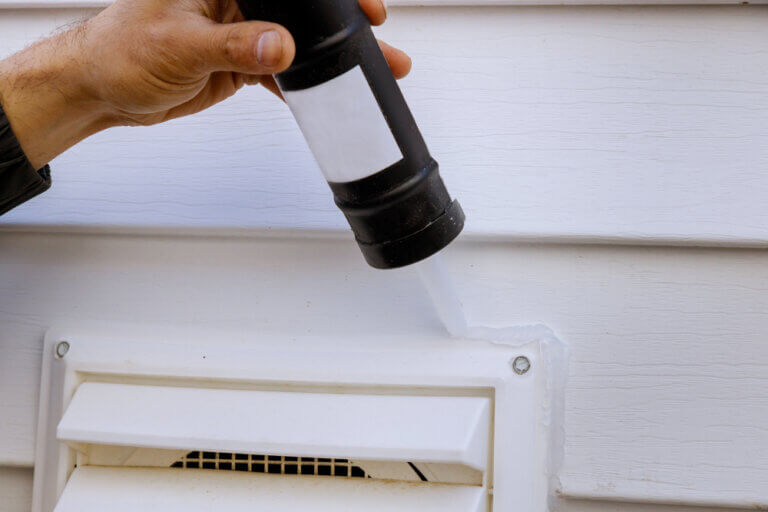
Top Tips to Stop Rodents
Instead of resorting to harmful methods, consider adopting a more humane approach by sealing up gaps and holes in and around your home. Here are some effective techniques to achieve this:
- Identify Potential Entry Points: Begin by inspecting your home for potential entry points that wildlife may exploit. Check for gaps around doors, windows, vents, and other openings. Pay special attention to areas where utility lines enter your home, as these are common entry points for animals seeking shelter.
- Choose the Right Materials: Select appropriate materials for sealing gaps and holes. Hardware stores offer a variety of options, such as weather-stripping, wire mesh, and sealants. Ensure that the materials you choose are durable and suitable for the specific gaps you need to address.
- Seal Gaps with Weather-Stripping: Use weather-stripping to seal gaps around doors and windows. This flexible material helps create a tight seal, preventing wildlife from entering. Make sure to replace any worn or damaged weather-stripping to maintain its effectiveness.
- Apply Mesh Screens to Vents: Install mesh screens over vents to keep wildlife out while still allowing proper ventilation. Mesh screens act as a barrier, preventing animals from entering through these openings. Regularly inspect and clean the screens to ensure they remain functional.
- Fill Holes with Sealants: Small holes can be effectively sealed using sealants like caulk or expanding foam. Apply these materials to gaps in walls, foundations, or other potential entry points. Be thorough in your application to create a seamless barrier that wildlife cannot penetrate.
- Examine Utility Entry Points: Check areas where utility lines, such as plumbing or electrical conduits, enter your home. Seal any gaps around these entry points using appropriate materials to prevent wildlife from gaining access.
- Regular Maintenance is Key: Periodically inspect and maintain the seals around your home. Harsh weather conditions or general wear and tear can compromise the effectiveness of your efforts. Promptly address any new gaps or holes that may appear so that you don’t have to call a local rodent control company.
By taking these steps to seal up gaps and holes, you not only protect your home from potential wildlife intrusions but also contribute to the well-being of both humans and animals. Embracing humane methods fosters a balanced and respectful coexistence with the wildlife that surrounds us.
